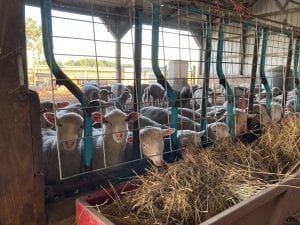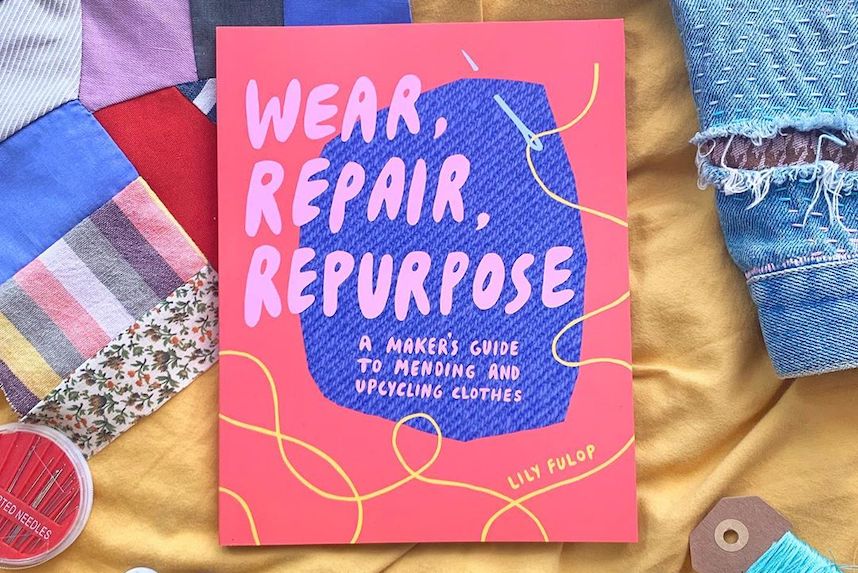
Coffee growing supports the livelihoods of 125 million people across Latin America, Africa, andAsia. Climate change is putting them at risk.
Heat, droughts, and pests are hallmarks of the impacts exacerbated by climate change and increasingly challenge the effectiveness of coffee producers’ current agricultural practices. Fortunately, recent advancements in biotechnology can offer great help. Sequencing, reading the genes of an organism, serves as an important approach to analyze genetic data. This information reveals how the organism carries out basic functions necessary for life, including how it responds to environmental challenges. Having this information accessible to stakeholders helps facilitate breeding and farming strategies.
Based on modeling and predictions, scientists anticipate that coffee growing regions will be hit hard with a combination of challenges in coming years. Some of these impacts are already taking place. A coffee leaf rust outbreak in Colombia, for instance, reduced yields by 31% in 2008-2013. Coffee rust refers to brown spots appearing on leaves caused by the fungus Hemileia vastatrix.
There are 125 Coffeea species known globally, but only two are economically important today. They are Coffeea arabica (Arabica coffee) and Coffeea caneophora (robusta coffee). But other Coffea species may hold the keys to the future of coffee cultivation; they may contain genes resistant to disease or pests, or are able to better cope with climate challenges. These same genes might not be present in Arabica or robusta coffee plants. As a result, having a database containing genetic information and samples of a wide range of coffee species is important for maintaining genetic diversity, which refers to having a variety of genetic makeup.
Unfortunately, deforestation and focused cropping of Arabica and robusta species have threatened maintenance of genetic diversity.
However, recent advancements in biotechnology offer a chance to map out the secrets of the coffee genome. Sequencing technology is perhaps the most important breakthrough. Sequencing refers to reading the genes of an organism. The reads are then assembled into an accessible database for different kinds of users (e.g., breeders, scientists). This technology could revolutionize agriculture; it certainly applies to coffee plants and invested stakeholders of the industry.
Widely available sequencing allows scientists to more quickly understand what genes are involved in different areas of plant development and survival. For instance, sequencing plant samples exposed to drought can reveal which genes are important for drought tolerance. Scientists may make use of this information by choosing to more strongly induce genes important for drought response and thus increase plants’ tolerance towards this kind of environmental stress.
However, public fear of genetic engineering and biotechnology might also hamper efforts in developing and harboring climate resilient coffee plants. Only a small proportion of the public, 37%, believes that genetically modified (GM) foods are safe. In contrast, 88% of scientists agree that GM foods are safe. This shows a large knowledge gap between the public and experts.
In 2016, the National Academy of Sciences, Engineering, and Medicine (re)assured the public of safety with regards to consuming Genetically Modified Organisms (GMO). Scientific research shows no difference in risk levels of cancer, diabetes, allergies, among other health issues, associated with consuming GMOs versus non-GMOs.
If the coffee industry is going to survive, it is likely to do so with the help of genetic technology. Conventional breeding takes longer, and the timescale is stretched for coffee because the average generation time for its trees is 5 years. This doesn’t mean that it takes just 5 years to get the cultivar with desired traits. Often, breeders have to cross plants repeatedly to make sure the desired trait fully assimilates to the new population. This process usually takes 3-5 crosses, which means farmers have to wait 15-25 years after the first hybrid plants were produced. Success is not guaranteed here. There could be new challenges that arose during the 15-25 years that the new cultivar cannot tolerate.
One important genetic tool is marker-assisted selection. By adding a molecular marker to a gene that is known to contribute to a desired trait, breeders can identify the plant’s traits and select for it without waiting for the coffee tree to fully develop and observe its traits. Once they detect the molecular marker, they know they can move on to the next step of breeding or cultivation. This technology also facilitates easier management for gene or seed banks. It allows managers to quickly study their collection through sequencing rather than growing everything out from time to time.
For instance, scientists can more strongly induce genes known to be important for plant immune response against pests and lower the need for pesticide. Or, they could induce genes encoding nutrient transporters such that increased uptake efficiency results in reduced fertilizer use.
To respond to climate challenges, international organizations and researchers have established off-site genebanks and collections across producing countries. These sites hold libraries with valuable genetic information as well as physical plant samples. In doing so, breeders and researchers harbor more genes that encode different traits and can leverage this resource to breed new, adaptive cultivars or modify existing ones.
Precedents exist for deploying these strategies. For instance, Castillo, a variety that is resistant to coffee rust, has replaced over 50% of coffee grown in Colombia. The impact was dramatic. Coffee leaf rust incidence dropped from 40% in 2009 to 3% in 2013. This success makes a compelling case for further investment now and in the future.
Despite their potential, the future of genebanks and coffee plant collections is not assured. Financial constraints, environmental challenges (e.g., hurricane), and international policy can all undermine the effectiveness of these genetic resources. The pests and funguses that threaten coffee plants in fields can still threaten plant tissues in the storage facilities of genebanks.
This makes it especially important to push for more international collaboration. Currently, the coffee industry is behind. Researchers and producers need to share more genetic data and plant material. This will minimize the losses if a gene bank was flooded and its plant samples were jeopardized. Remember, the plant samples contain precious genetic material that can be used to breed new, adaptive populations.
Today’s genetic tools and resources provide a myriad of opportunities for coffee. Securing coffee development matters because the issue stands at the intersection of human and environmental health. To this end, it is critical to transparently communicate the capability of these tools to the public, and facilitate increased collaboration across agencies.




























